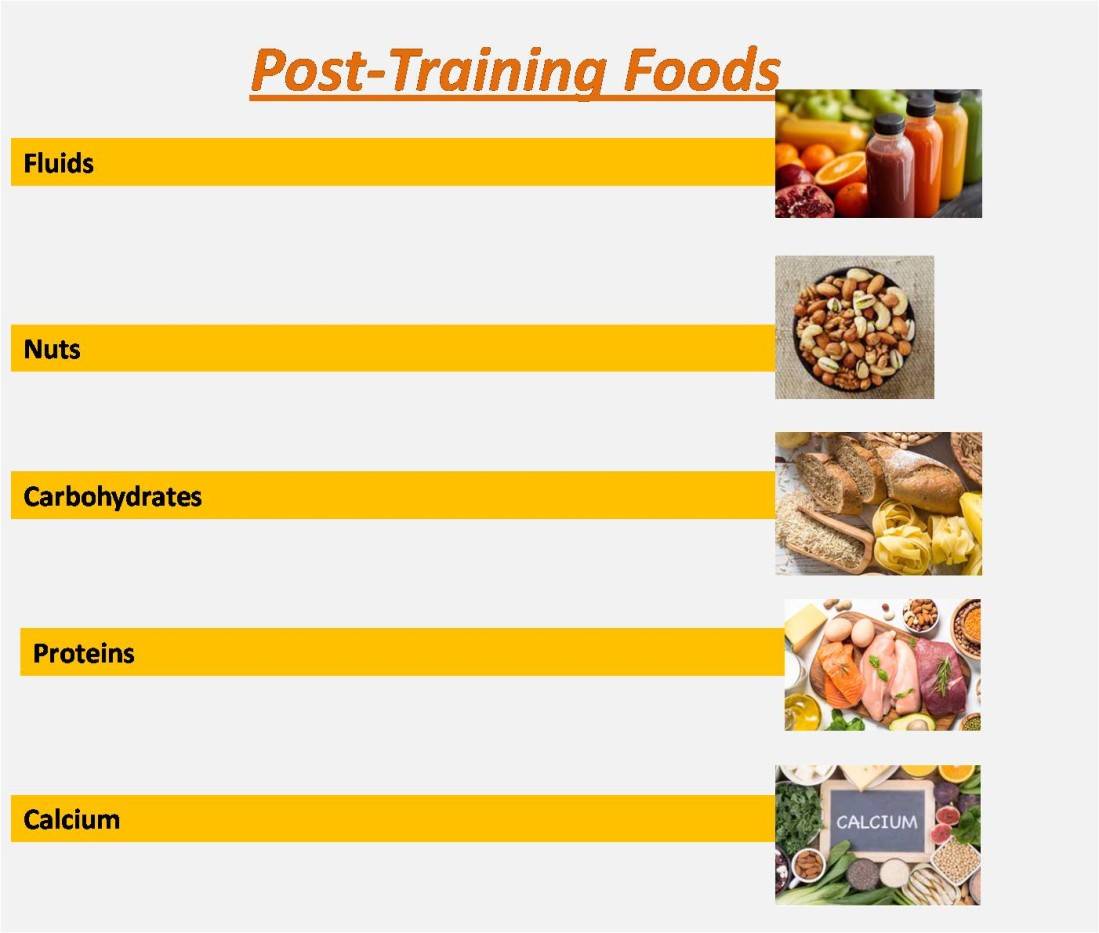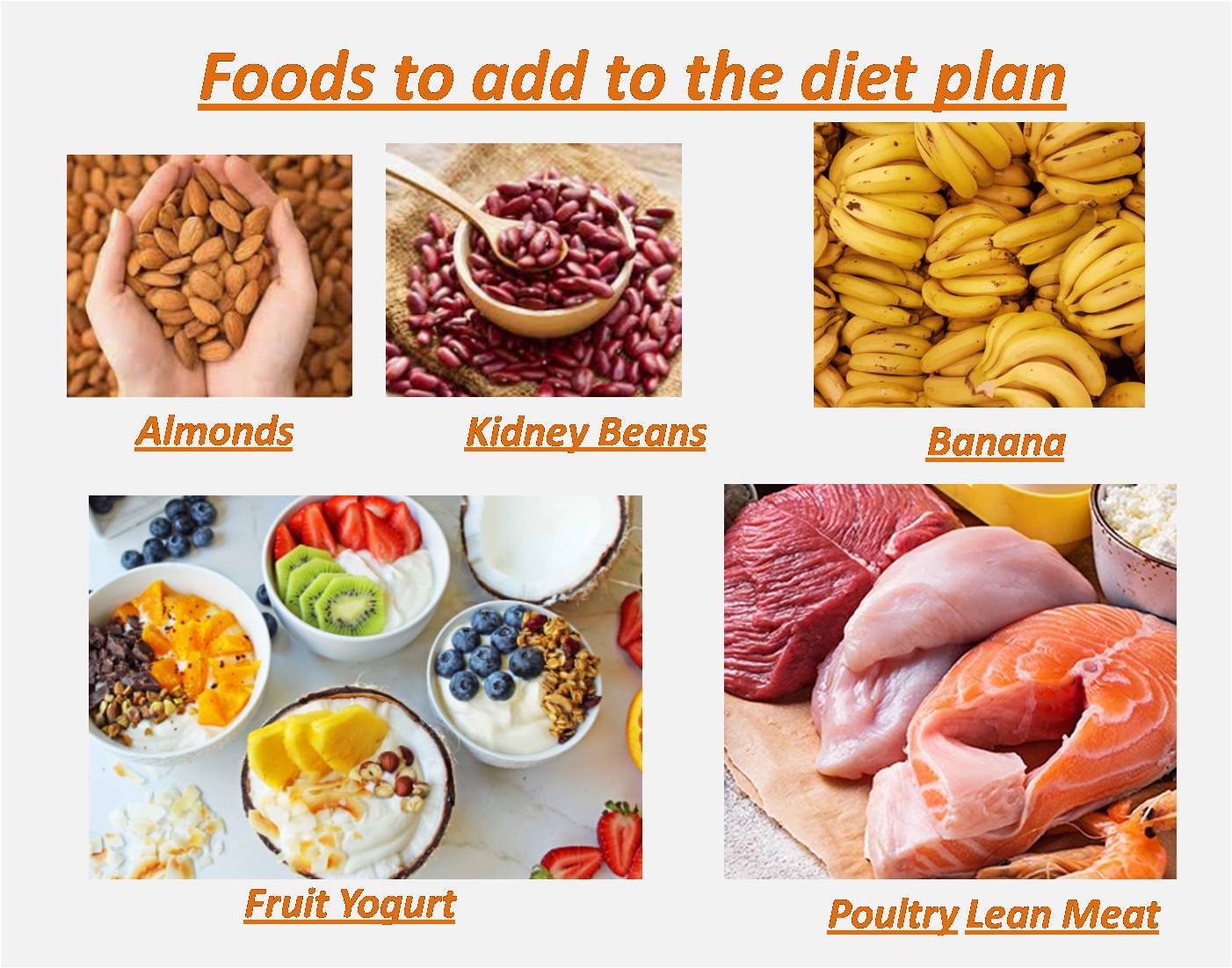
The Ultimate Badminton Fitness and Nutrition Plan: Achieving Peak Performance
Badminton, a seemingly graceful sport, demands a surprising level of physical prowess. The rapid changes in direction, explosive jumps, and sustained bursts of speed require a finely tuned body capable of delivering peak performance. This comprehensive guide delves into a meticulously crafted fitness and nutrition plan designed to optimize your badminton game, helping you reach your full potential on the court.
Part 1: The Fitness Foundation
A successful badminton fitness plan must address several key areas:
-
Cardiovascular Endurance: Badminton involves constant movement, requiring sustained periods of high-intensity activity interspersed with short recovery periods. Your training should incorporate activities that improve your cardiovascular fitness, such as:
- Interval training: Alternate high-intensity bursts (e.g., sprints, shuttle runs) with periods of rest or low-intensity activity. This mimics the stop-start nature of badminton.
- Continuous training: Engage in activities like running, cycling, or swimming for extended periods at a moderate intensity. This builds your aerobic base.
- Shuttle runs: These are specifically designed to simulate the court movements in badminton, improving agility and endurance. Vary the distances and speeds to challenge your fitness levels.
-
Strength and Power: Powerful smashes, quick reflexes, and explosive jumps are hallmarks of a successful badminton player. Strength training is crucial for developing the necessary power:
- Plyometrics: Exercises like box jumps, jump squats, and depth jumps enhance explosive power, crucial for jump serves and shots.
- Weight training: Focus on compound exercises like squats, deadlifts, lunges, and presses to build overall strength and power. Ensure proper form to avoid injuries.
- Resistance band training: Offers a versatile way to strengthen muscles involved in badminton movements without the need for heavy weights.
-
Agility and Speed: The quick changes of direction and rapid movements required in badminton necessitate exceptional agility and speed:
- Cone drills: Set up cones in various patterns and perform agility drills, focusing on quick changes of direction and footwork.
- Ladder drills: These drills improve foot speed, coordination, and agility.
- Lateral movement drills: Practice side-stepping, shuffling, and quick changes of direction to enhance court coverage.
-
Flexibility and Balance: Flexibility and balance are often overlooked but essential for preventing injuries and maintaining optimal performance:
- Stretching: Incorporate both static (holding a stretch) and dynamic (moving stretches) to improve flexibility and range of motion.
- Balance exercises: Stand on one leg, use a balance board, or perform yoga poses to enhance balance and stability.
Sample Weekly Fitness Plan:
This is a sample plan and should be adjusted based on your individual fitness level and experience:
- Monday: Cardio (30 minutes interval training) + Strength training (upper body)
- Tuesday: Agility and speed training (cone drills, ladder drills) + Flexibility and balance exercises (yoga, stretching)
- Wednesday: Rest or active recovery (light cardio, stretching)
- Thursday: Cardio (45 minutes continuous training) + Strength training (lower body)
- Friday: Agility and speed training (shuttle runs, lateral movement drills) + Flexibility and balance exercises
- Saturday: Badminton practice (match play or drills)
- Sunday: Rest or active recovery
Part 2: The Nutritional Game Plan
Nutrition plays a pivotal role in achieving peak badminton performance. Your diet should provide the necessary energy, nutrients, and hydration to fuel your training and recovery:
-
Carbohydrates: These are your primary energy source. Choose complex carbohydrates like whole grains, fruits, and vegetables over simple sugars. Prioritize carbohydrate intake before and after training sessions.
-
Proteins: Essential for muscle repair and growth. Include lean protein sources like chicken, fish, beans, lentils, and tofu in your diet. Consume protein after training to aid muscle recovery.
-
Fats: Healthy fats are crucial for hormone production and overall health. Include sources like avocados, nuts, seeds, and olive oil in moderation.
-
Hydration: Dehydration significantly impacts performance. Drink plenty of water throughout the day, especially before, during, and after training sessions. Electrolyte drinks can be beneficial during prolonged training.
-
Micronutrients: Vitamins and minerals are essential for various bodily functions. Ensure a balanced diet rich in fruits, vegetables, and whole grains to obtain sufficient micronutrients.
-
Timing is Key:
- Before training: Consume a carbohydrate-rich meal or snack 2-3 hours before training to provide sustained energy.
- During training (if longer than 1 hour): Consume easily digestible carbohydrates and electrolytes to maintain energy levels.
- After training: Consume a meal or snack containing carbohydrates and protein within 30-60 minutes of finishing your workout to replenish glycogen stores and aid muscle recovery.
Sample Daily Meal Plan:
This is a sample meal plan and should be adjusted based on your individual caloric needs and preferences:
- Breakfast: Oatmeal with berries and nuts, a protein smoothie, or eggs with whole-wheat toast.
- Lunch: Salad with grilled chicken or fish, quinoa bowl with vegetables and chickpeas, or whole-wheat sandwich with lean protein.
- Dinner: Baked salmon with roasted vegetables, chicken stir-fry with brown rice, or lentil soup with whole-grain bread.
- Snacks: Fruits, vegetables, yogurt, nuts, seeds, or protein bars.
Part 3: Recovery and Injury Prevention
Recovery is just as important as training. Adequate rest and recovery allow your body to repair and rebuild, preventing injuries and optimizing performance:
- Sleep: Aim for 7-9 hours of quality sleep per night. Sleep deprivation negatively impacts performance and recovery.
- Active recovery: Light activities like walking or stretching can promote blood flow and aid recovery.
- Foam rolling: Helps release muscle tension and improve flexibility.
- Massage: Can help alleviate muscle soreness and improve recovery.
- Listen to your body: Rest when needed and don’t push through pain.
Conclusion:
Achieving peak badminton performance requires a holistic approach that encompasses both fitness and nutrition. By following a well-structured fitness plan and adhering to a balanced diet, you can optimize your physical capabilities, enhance your performance on the court, and reduce your risk of injury. Remember to consult with a healthcare professional or certified fitness trainer before starting any new exercise program, and adjust this plan based on your individual needs and goals. Consistent effort and dedication will pave the way to your badminton success.



